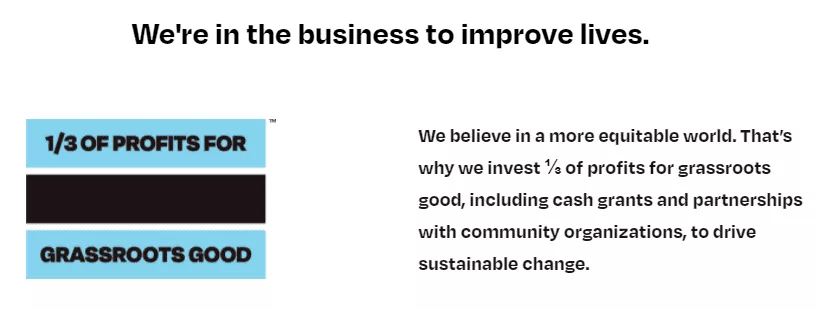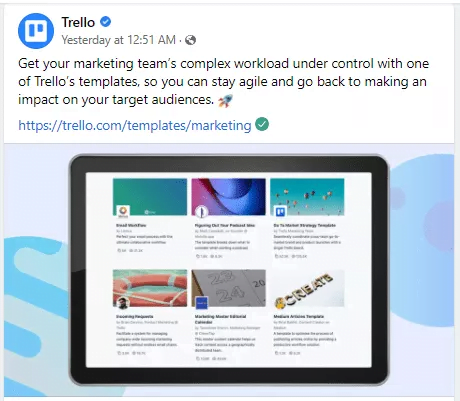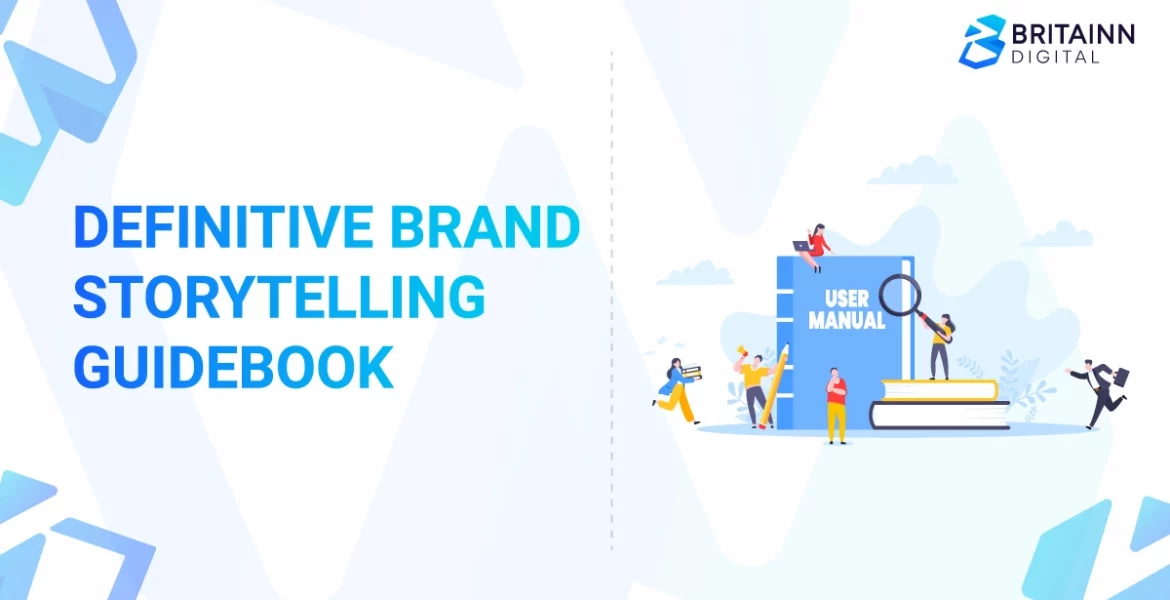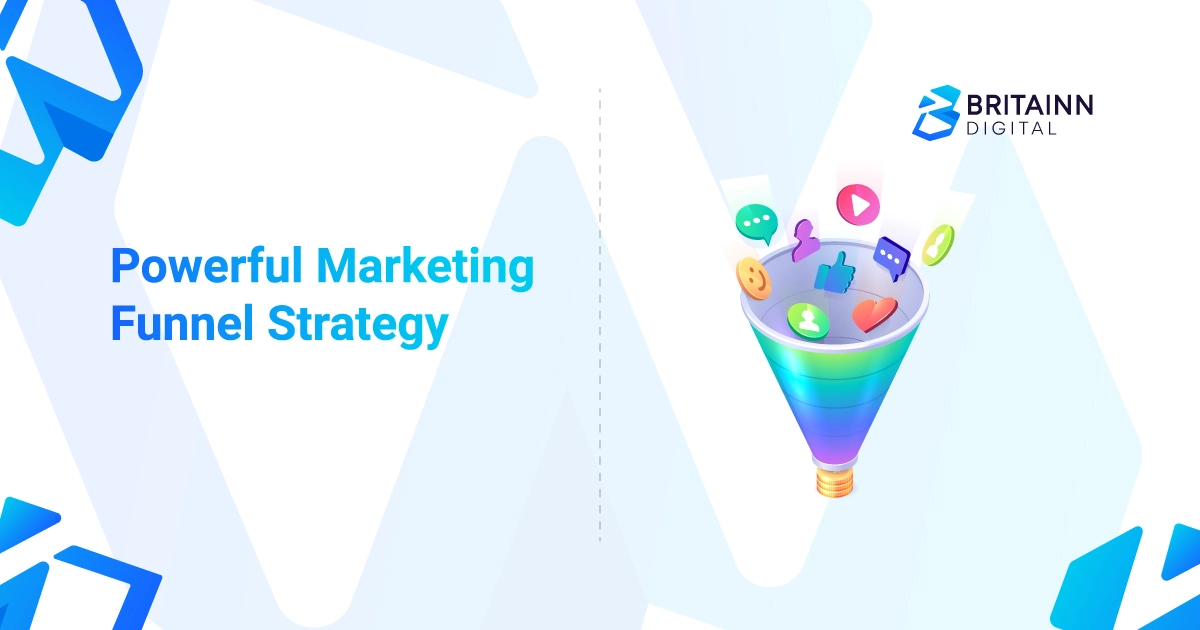The corporate environment has never been more competitive. To cut through the noise, your brand’s message must be communicated clearly and consistently to those who need to hear it.
There is a misperception, however, that a company’s history would only develop as it grows. While the growth process is a part of the narrative, the milestones you achieve throughout time may not be the greatest basis for your brand’s narrative.
Instead, return to the very beginning: why did you find the business? Why did you choose your particular field? What inspired you to launch your business and persevere when times were difficult? These questions go into the heart of your tale, forming the framework for your brand’s story. This is where you should start your marketing.
What Is Brand Storytelling?
As suggested by its name, brand storytelling involves telling your brand’s narrative. But it’s not only about explaining the tale of your brand or the events that led to the establishment of your firm.
Using a narrative, brand storytelling conveys your company’s values and principles. The narrative humanizes your firm and demonstrates that the individuals behind the brand share the audience’s values and views. By conveying your brand’s narrative, you enable people to engage with you on a level that fosters a mutual feeling of trust and long-term collaboration.
What impact will brand storytelling have on your business? Creating a Brand Storytelling has several advantages:
- It aids in defining your brand’s identity.
- It demonstrates the authenticity and individuality of your brand.
- It develops brand empathy and humanizes your business.
- It helps you stand out by providing your business with a distinguishing attribute.
- It helps you attract the appropriate individuals (those who share your values and are more likely to buy your products because of it).
- It provides a firm framework for future marketing initiatives.
- It helps build your company’s credibility by showing that you’re not just a two-year start-up, but a company with a long-term plan.
Maya Angelou’s famous phrase, “I’ve learned that people will forget what you said, people will forget what you did, but they will never forget how you made them feel” encapsulates the significance of building a brand story. Even if a product is not the greatest of its kind, it can nevertheless become popular if consumers perceive it to be an excellent bargain. As a result, you may add value to the process of purchasing your items if you present an engaging and emotional tale.
TOMS is a wonderful illustration of the power of brand promotion and storytelling through its brand narrative. Fans of the brand do not purchase their footwear because of its durability, style, or comfort. Many people purchase TOMS shoes because it is a cool way to give to charity.TOMS was an innovator of the one-for-one business concept. From 2006 through 2021, the firm provided one pair of shoes for every pair of TOMS shoes sold to less disadvantaged children. Although the firm has updated its charity practices and is now contributing $1 for every $3 earned to grassroots groups, its brand narrative framework is unmistakable: It is devoted to enhancing lives.

How To Craft A Brand story?
To tell your brand’s story, you must return to your beginnings. It’s reasonable that many organisations don’t initially prioritise brand storytelling — any effort that doesn’t directly lead to sales and income development is often abandoned. But if you want a memorable brand identity that generates long-lasting respect, trust, and loyalty, you must discover and communicate your business’s narrative.
Consequently, how do you share your story? The first stage is to identify a brand story structure to cultivate brand empathy and win customer support. Below are examples of tried-and-true narrative structures you may use to construct your brand’s story. For perspective, we will also provide instances of brand storytelling for each brand narrative framework.
The Fundamentals Of Brand Story
When determining how to construct a brand narrative, there are six factors to consider:
- The reason for your company’s existence (your purpose and why doing what you do is so important to you)
- Your background
- Your mission
- The people, things, and events that shaped your enterprise
- The failures you have encountered
- The “slow” periods that turned out to be commercial tipping moments
These particulars reveal the humanity of a business. They disclose the motives of the company’s founders, what drives them to expand their firm and the company’s core beliefs.
What would brand storytelling do for your organisation? People who share your values and are motivated by your objectives – for example, those who are humanitarian like TOMS or idealistic like Tesla– will view your brand as a partner, which is the ideal basis for customer loyalty. This takes us to our first narrative structure.
A Perfect Gold Circle
The Golden Circle’s guiding premise is “the power of why”—sharing the reason behind your actions. Developed by Simon Sinek, this well-known tale structure begins with the “Why,” then moves on to the “How,” and eventually concludes with the “What.”
- Communicate the company’s guiding principles.
- Share the specifics of how you’re facilitating their progress.
- Explain your product’s features and benefits.
Apple is a great case study in brand storytelling using the marketing framework known as The Golden Circle. The advertising doesn’t brag about how great of a job their PCs and phones perform. Instead, it emphasises its drive to “disrupt the status quo” through the development of aesthetically pleasing, intuitive, and life-improving goods. As evidence, look no further than its official Instagram account, where you won’t find any photos of iPhones or Macs, nor will you see any overtly promotional content. In its place, it features incredibly high-quality photographs of people and events to demonstrate how its goods may improve consumers’ lives.

As a result of Apple’s successful recruitment efforts, its products have come to be seen as symbols of success and social standing. Many consumers nowadays can readily attest that they purchase Apple products because of the innovative technologies they have. The company was successful anyway because of its goal, which attract devoted customers.
Your brand’s backstory should be interesting, engaging, and motivating to the people you’re trying to reach. In this way, audiences can feel more invested in your company, which increases the likelihood that they will become loyal patrons.
Freytag’s Pyramid
Freytag’s Pyramid, a storytelling technique, uses the classic tale arc seen in books, films, and plays. There are five steps to it:
- In the first stage, called “exposition,” the main plot elements and supporting cast are presented.
- Second, we have the “Rising Action,” which sets up the tension and events that build to the climax.
- Third, the climax is the most thrilling portion of the story and a major turning point for the protagonists.
- Four, the Falling Action, shows what happens next or what the climax leads to.
- The final act, which can be a happy or tragic denouement, is called the dénouement.
Freytag’s pyramid works well for organizations with a rich history or for those whose founders have undergone remarkable personal transformations and are now motivated by a renewed sense of purpose. One story that fits this mold is that of Blake Mycoskie, creator of TOMS, who went to Argentina and saw the plight of children there who lacked shoes.
If you represent a non-profit or work on charitable projects, you should familiarise yourself with the Freytag Pyramid and understand how to build a brand story. This narrative approach is great for getting people invested in your cause and educating them about it at the same time.
Three-Act Structure
The Three-Act Structure is a shorter version of the Freytag Pyramid that works well for paid ads, short explainer videos, and social media posts. It only has three steps:
Set up:
- Talk about the character and the situation.
- Confrontation: Say what’s wrong or what hurts.
- The solution is to show how your product or service solves the problem.
The Freytag Pyramid works best for long campaigns with a lot of content. The Three-Act Structure, on the other hand, is easier to use for just one landing page, email newsletter, or social media post. You can make a bigger impression on visitors if you point out a problem and explain how your business can fix it.
If it’s too hard to write a Three-Act Structure campaign with a limited number of characters, you can use a good content-writing service like the one we have here at Thrive. Professional content marketers can turn your marketing message into a short, three-act story that will keep the attention of the people you want to reach.
Check out Trello on Facebook if you need a good example of a brand story in this style. Many of its posts follow the Three-Act Structure and present its collaboration platform as the solution to many problems that corporate offices face.

The Formula for StoryBrand
The StoryBrand framework tells stories in a different way than the first two. StoryBrand doesn’t treat customers like an audience. Instead, it takes them on a “hero’s journey” where the story is about them and not about your products or brand.
In his 2017 book “Building a StoryBrand: Clarify Your Message So Customers Will Listen,” author Donald Miller introduced this brand story framework for the first time. StoryDesignate the brand:
- The main character is the customer
- Their problem with being the bad guy
- Your company as the user guide
As the guide, it’s your job to give the hero a clear plan for how to solve their urgent problem. One thing that makes the StoryBrand framework stand out is that it makes it clear what good things can happen if the character follows the guide’s advice, which is your advice. In the same way, the StoryBrand method tells them what will happen if they don’t.
There are seven steps to this brand story:
- Step 1: A character starts the story (the customer).
- Step 2: The character needs to solve a problem.
- Step 3: The main character meets a guide (your company).
- Step 4: The guide gives a plan for how to fix the issue.
- Step 5: The character’s guide tells them what they can do.
- Step 6: The character can solve their problem if they follow the guide.
- Step 7: If the character doesn’t follow the guide, they might have an even bigger problem.
In order to build a StoryBrand, you have to let go of your “brand ego” and make the audience the story’s main character. It works on the idea that customers care more about themselves than about your company. So, instead of waxing poetic about a brand’s achievements, the StoryBrand framework answers the audience’s most important question: “What’s in it for me?”
So, a good example of StoryBrand talks about:
- What you get, not what you get
- Human needs
- Your value proposition
When building a StoryBrand, you need to tell people what they want from your business and then position your brand as a guide who will help them avoid failure. Another reason why this brand story works so well is that it makes the character want to do something to avoid something bad.
Don’t want to get in trouble with your boss for falling asleep at your desk? Take this energy drink. Don’t want to let down your in-laws by being a bad cook? Use this meal kit to make a dish. Again, it’s important to market your business as a helpful guide. Motivated Mornings, a company that helps people with their lives, is a good example of this kind of StoryBrand.
Brand Storytelling Can Take Your Marketing to the Next Level.
Building a StoryBrand, writing you About Us page using The Golden Circle principle, or making marketing content that follows the Freytag or Three-Act Structure are all ways to give your marketing a boost. When many brands offer similar products or services, the one that will stand out is the one with the most interesting story. In short, this is why brand storytelling is so important today.
If you’ve never used brand stories in your marketing before, this new way of doing things might be hard.
And in this regard, Britainn Digital can assist you in obtaining a superior solution for your brand narrative needs. Digital professionals from our agency are standing by to assist you.




